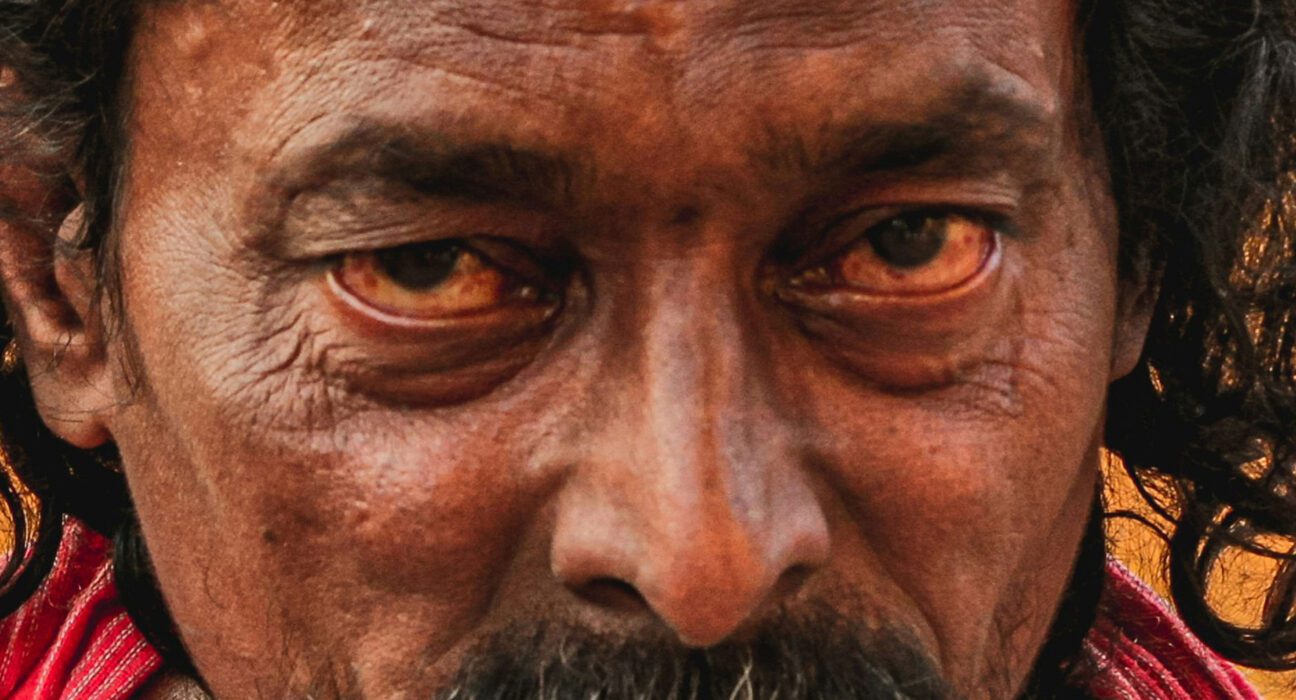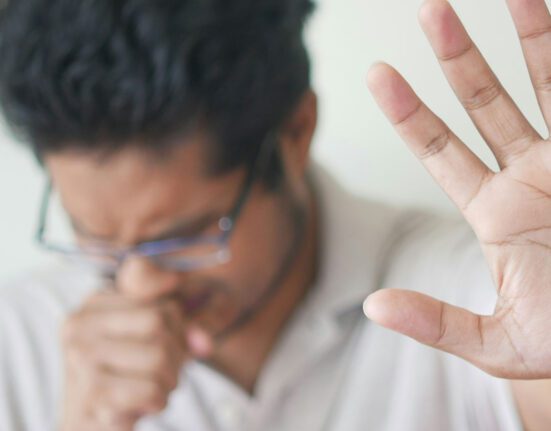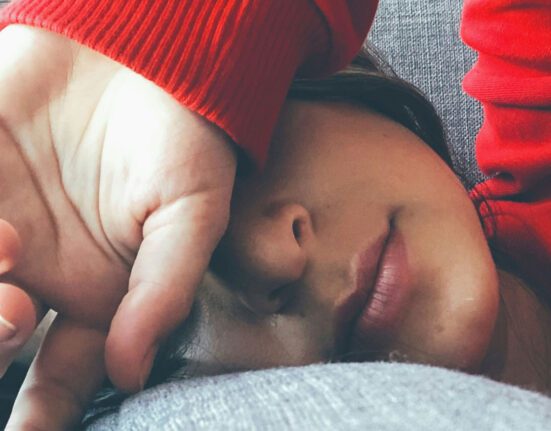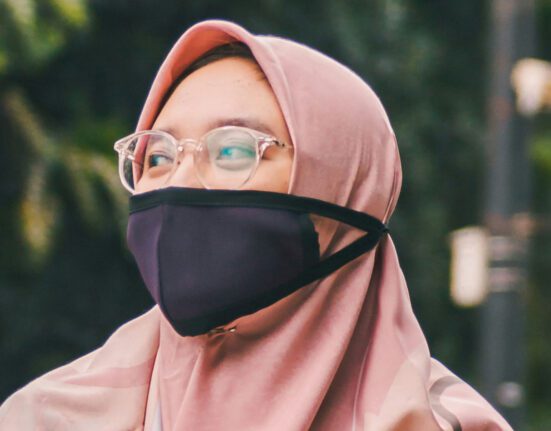Bloodshot Eyes. What is it?
What is it?
Bloodshot eyes, medically known as conjunctival injection, have emerged as a notable ocular manifestation among individuals experiencing Long COVID. While much attention has been focused on respiratory symptoms and systemic complications, Long COVID can also affect the eyes, leading to redness, irritation, and other ocular symptoms. Understanding the implications of bloodshot eyes in Long COVID is essential for comprehensive care and management of affected individuals.
Typical Symptoms
Bloodshot eyes in Long COVID typically present as redness, swelling, and irritation of the conjunctiva—the thin, transparent membrane that covers the white part of the eye and lines the inner surface of the eyelids. In addition to redness, individuals with bloodshot eyes may experience symptoms such as itching, burning, tearing, or a gritty sensation in the eyes. These symptoms can vary in severity and may fluctuate over time, contributing to discomfort and visual disturbances in affected individuals.
Who Gets It?
Bloodshot eyes in Long COVID can affect individuals of all ages and demographics, including those with mild or asymptomatic COVID-19 infections during the acute phase. While the exact mechanisms underlying ocular manifestations of Long COVID remain unclear, factors such as immune dysregulation, inflammation, and viral persistence may contribute to the development of bloodshot eyes and other ocular symptoms. Additionally, individuals with pre-existing ocular conditions or allergies may be at a higher risk of experiencing bloodshot eyes during the recovery phase of Long COVID.
Key Points
- Bloodshot eyes represent a significant ocular manifestation of Long COVID, contributing to discomfort, visual disturbances, and reduced quality of life in affected individuals.
- The underlying mechanisms contributing to bloodshot eyes in Long COVID may involve immune-mediated inflammation, vascular changes, and viral persistence in ocular tissues.
- Recognizing and addressing bloodshot eyes in Long COVID requires a multidisciplinary approach that encompasses ocular assessment, symptomatic management, and supportive care.
In the depths of Long COVID’s challenges, finding relief is not just about treating symptoms—it’s about restoring hope and reclaiming comfort in every small moment of relief.
Long Covid The Answers
Relief:
- Artificial Tears: Use over-the-counter artificial tear solutions or lubricating eye drops to relieve dryness, soothe irritation, and alleviate symptoms of bloodshot eyes in Long COVID. Suggest: eye drops
- Warm Compresses: Apply warm compresses to the eyes for a few minutes several times a day to help reduce inflammation, improve tear film stability, and relieve discomfort associated with bloodshot eyes.
- Avoidance of Irritants: Minimize exposure to potential irritants or allergens that may exacerbate bloodshot eyes, such as smoke, dust, pollen, or harsh chemicals. Use protective eyewear when engaging in activities that may expose the eyes to irritants or environmental hazards.
- Rest and Hydration: Prioritize adequate rest and hydration to support overall eye health and promote ocular comfort in individuals with Long COVID experiencing bloodshot eyes.
- Consultation with an Eye Care Specialist: Seek evaluation and guidance from an ophthalmologist or optometrist for comprehensive assessment and management of bloodshot eyes in Long COVID. They can recommend appropriate treatment options, monitor ocular health, and address any underlying ocular conditions or complications contributing to bloodshot eyes.
In conclusion, bloodshot eyes represent a significant ocular manifestation of Long COVID, with implications for visual function and overall quality of life in affected individuals. By implementing targeted management strategies, seeking appropriate medical evaluation, and addressing underlying ocular conditions, individuals can effectively manage bloodshot eyes and promote ocular health during the recovery phase of Long COVID.
Credible sources of information:
Coming Soon








